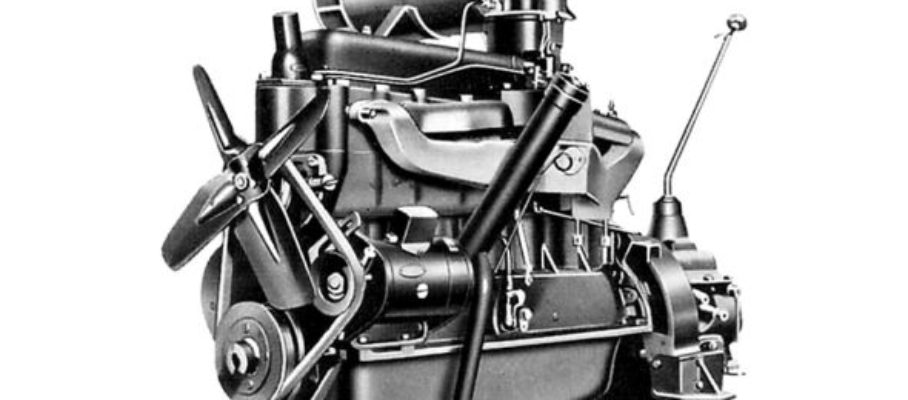Feb 10 2015
How to Do a Gemba Walk | Michael Bremer | Slideshare
“A ‘how to’ outline for executives trying to do an effective Gemba Walk”
Source: www.slideshare.net
No disagreement with what Michael Bremer is saying, but I would emphasize observation skills more.
One exercise Kei Abe came up with is the bug hunt. You take a team of managers to the floor and give each one 20 red tags. They they have 20 minutes to attach the tags to such “bugs” as frayed cables, devices held with duct tape, puddles of lubricant, misplaced items, etc. They usually have no trouble using all 20 tags.
I also ask people to be like the Count in Sesame Street and count people walking, machines not working, etc. These activities have a data collection and validation value in their own right, but they also focus the eyes of participants and make them notice details they would otherwise miss.
See on Scoop.it – lean manufacturing


Feb 12 2015
How Do You Address Employee Resistance to Lean Manufacturing? | Larry Fast | IndustryWeek
Source: www.industryweek.com
The problem with this approach is that, at the outset of Lean transformation, management doesn’t know what it’s doing. It’s not the managers’ fault, but the skills of leading a Lean transformation in this particular organization have to be learned along the way.
More often than not, the author’s version of “addressing the issue early” means firing loyal employees for disagreeing with something you later realize was wrong. And the message it sends is not one of commitment but of a mixture of brutality, incompetence and disrespect.
Share this:
Like this:
By Michel Baudin • Blog clippings 3 • Tags: Lean implementation, Lean management, Lean manufacturing, Respect for Humanity, Respect for People